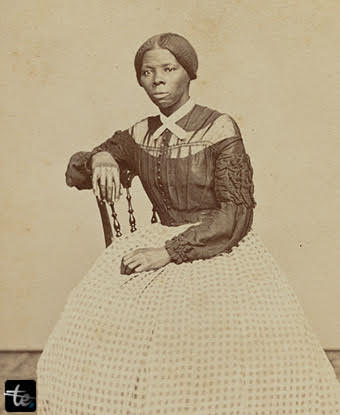Harriet Tubman
Introduction
Harriet Tubman was an American abolitionist (people who helped end slavery in the country) and social activist (people who promoted different things for the welfare of society). She escaped slavery and conducted 13 missions to rescue approximately 70 enslaved people, which also included her family and friends, with the help of a network of antislavery activists and safe houses, which were collectively known as the Underground Railroad. She also served as a scout and spy for the Union Army during the Civil War, and later, she became a women’s suffrage activist.
Being born into slavery in Maryland, she survived violence, beatings, and a head injury, which led to visions and dreams, strengthening her religious beliefs. She guided many to freedom, which made her earn the name “Moses.”
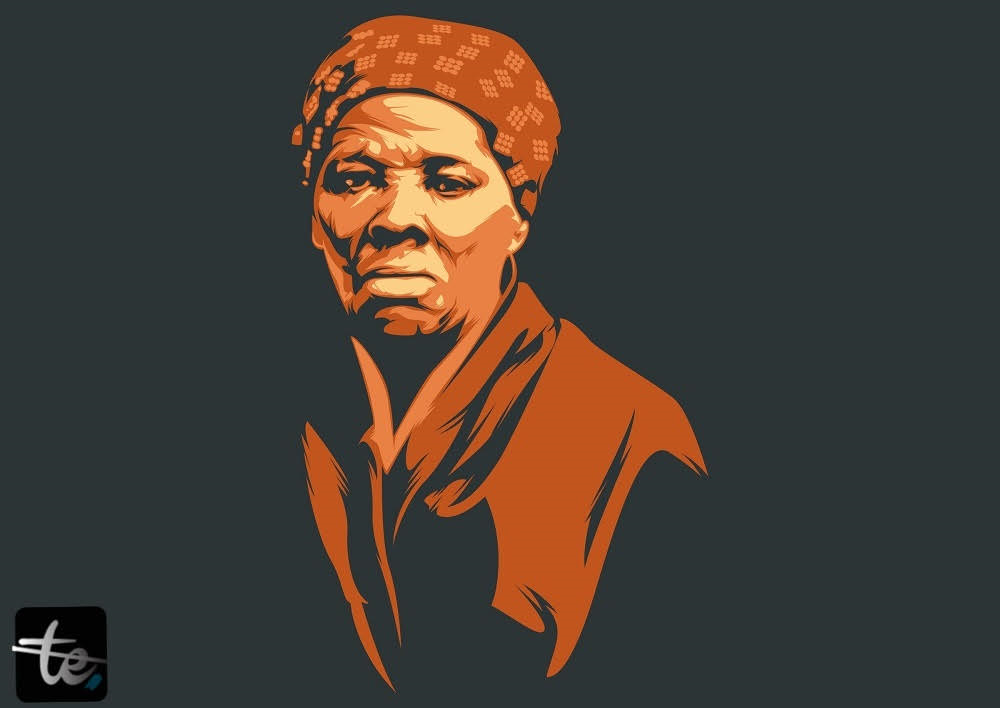
Early Life
Born as Araminta Ross to enslaved parents Rit and Ben Ross in Maryland. The exact place of her birth and birth year are uncertain, but it is reported that she stated her birth year as 1825, her death certificate stating 1815, and her gravestone stating 1820. Although historians and scholars generally accept her birth year as March 1822.
Her maternal grandmother arrived on a slave ship from Africa. Different families enslaved her parents, Rit and Ben. She had eight siblings, and her family faced separation as they were sold to different families into slavery. Her mother resisted the sale of her youngest son Moses, which strongly influenced Harriet’s thinking about slavery resistance.
When she was young, she took care of her younger siblings and worked for families. She survived physical abuse, Including being whipped and sustaining a severe head injury, which was due to a metal weight being thrown on her in anger. This injury caused lifelong health issues, which include seizures and major headaches. She also started to have visions and vivid dreams after that injury, which she considered revelations (signs) from God.
Despite being illiterate, she learned Bible stories from her mother and developed a passionate faith in God. Her religious beliefs guided her actions, and she also became a prominent figure in the abolitionist movement, which helped enslaved individuals escape slavery. She later served as a scout and spy for the Union Army during the Civil War.
Career
In 1849, she fell ill, which reduced her value to slave traders. Her owner, Edward Brodess, attempted to sell her without success. Harriet was furious at him for selling her relatives, so she prayed to God to change her boss’s ways of dealing with her, but when she saw the sale was not so valuable, she started praying for his removal from her life. Soon, her boss, Edward, died. Despite the increased risk of being sold, she refused to wait for the Brodess family’s decision. On September 17, she and her brothers escaped from the plantations of Caroline County. Initially, she got captured but managed to escape again in October with the help of the Underground Railroad. She was guided by the North Star and reached Pennsylvania, feeling relief as she got freedom.
As she reached Philadelphia, she felt like a stranger in a city that was new to her. She took up odd jobs in Maryland, which also helped her save some money and manage her finances. However, the Fugitive Slave Law Act of 1850 encouraged slaves to escape and seek refuge in Southern Ontario as it stated that the slave must return to his owner even if he was in a free state.
In 1850, after getting to know that her family was going to be sold and her niece Kessiah was in danger, she rescued them with the help of her brother-in-law and guided them all to Philadelphia. A year later, she returned to Maryland to rescue her younger brother, Moses, and other slaves with him.
The Fugitive Slave Law increased the risk in the Northern U.S., encouraging her to guide escapes, including the Bowleys, to Southern Ontario. She also formed a good bond with Frederick Douglass, who was also an abolitionist. She became known as “Moses” for leading around 70 slaves to freedom in about 13 expeditions from 1851 to 1862.
Harriet Tubman’s dangerous work on the Underground Railroad required a combination of ingenuity, courage, and resourcefulness. She strategically planned escape routes, often operating during winter nights to minimize the risk of being seen. Tubman initiated escapes on Saturday evenings, exploiting the fact that newspapers would only print runaway notices on Monday morning.
In an 1897 interview, she disclosed individuals and locations crucial to the Underground Railroad network. She sought refuge with Sam Green in Maryland and relied on free black agents like William and Nat Brinkley and Abraham Gibbs. Travelling through Delaware, she connected with Quaker Thomas Garrett in Wilmington, securing transportation to the greater Philadelphia area.
Her faith played a very crucial role in her works. She defined her success as a divine journey of visions following a childhood head injury. Trusting in God, she considered herself guided and protected. She utilized spirituals as coded messages during escapes, singing modified versions of songs like “Go Down Moses” to signal danger or safety.
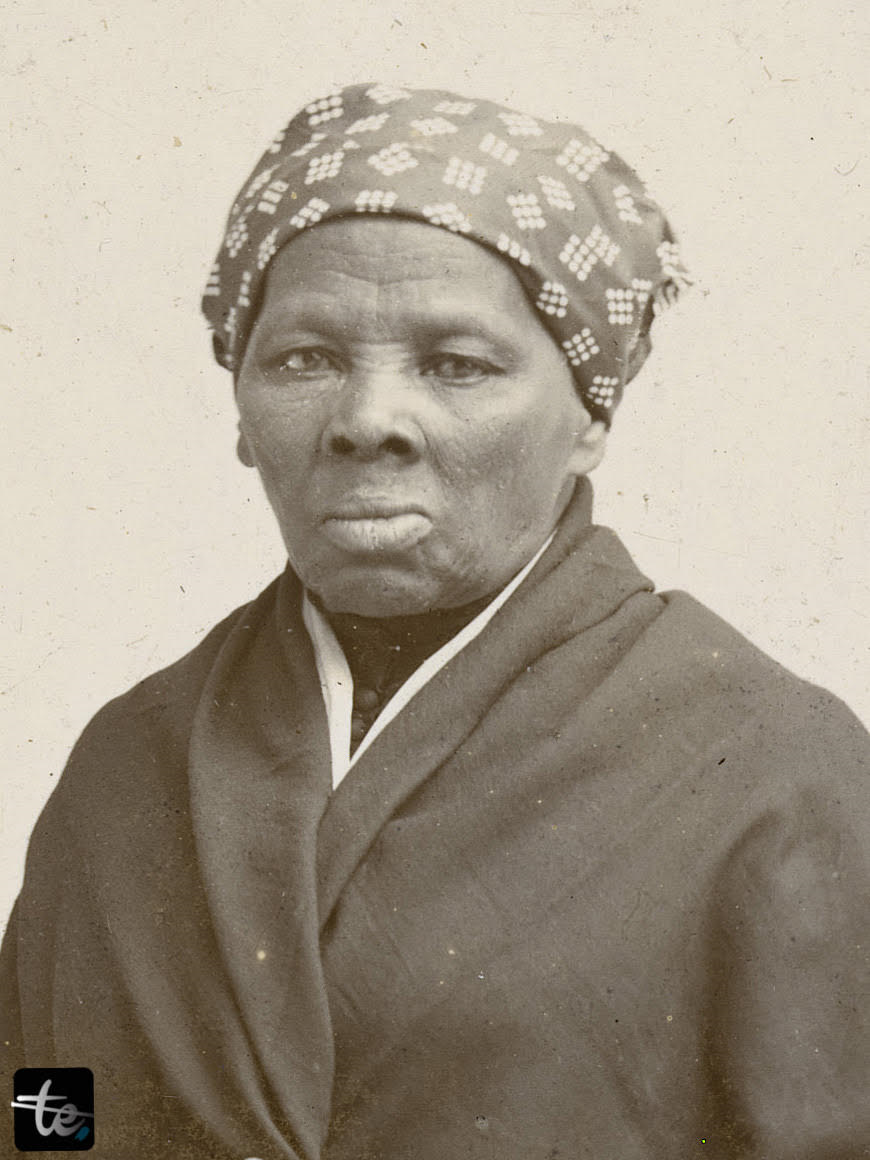
Honours and Legacy
She was widely respected and esteemed during her lifetime and evolved into an enduring American icon after her death. By the 1980s, she became one of the most prominent figures in American History, serving as an inspiration to generations of African Americans in their struggle for equality and civil rights. Leaders from various political backgrounds praised her contributions to the abortionist movement.
Numerous national parks and monuments in the United States honour her legacy, including the Harriet Tubman Underground Railroad National Monument and the Harriet Tubman Underground Railroad National Historical Park in Maryland. Auburn, where she spent her later years, also has historical sites, including her gravesite. Additionally, the Salem Chapel in St. Catharines, Canada, where Tubman worshipped, is recognized as a National Historic Site.
Her influence is also shown in art, such as the song dedicated to her by Woody Guthrie and Wython Marsalis. She has also been featured in operas, plays, and novels by various artists. Her life has been portrayed in TV productions and films, such as Cynthia Erivo’s portrayal in the 2019 movie “Harriet.”
Her commemoration continues through artistic representations, including sculptures by Fern Cunningham and Jane DeDecker, as well as paintings by renowned artists like Romare Bearden and Faith Ringgold.
She was considered the first African American Woman honoured on a U.S. postage stamp in 1978. Her commemoration coins have also been issued in 2024.
Many schools, streets, highways, and government industries also bear her name. In 1944, the United States Maritime Commission launched the SS Harriet Tubman, the first liberty ship named after a black woman.
Earl Conard published her first full biography in 1943. Later, many authors published more of her biographies, addressing the myths and historical perspectives that shaped her legacy.
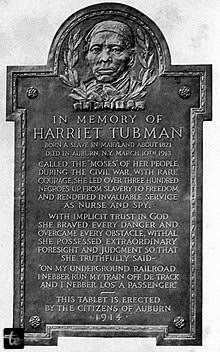
Facts
- From an early age, she had a strong desire for freedom. Witnessing the sufferings of fellow slaves, she dedicated herself to their liberation.
- She experienced a traumatic childhood incident where she was attempting to halt a runaway slave who mistakenly threw a two-pound weight at her. The impact fractured her skull, leading to lifelong health challenges, including seizures.
- After escaping slavery, Tubman returned to Maryland in 1850 as a key figure in the Underground Railroad, earning the title “Moses.” Motivated by family, she did successful rescues of over 70 slaves before the Civil War, demonstrating her unmatched dedication.
- She executed many successful escapes using clever disguises. She posed as a field hand, walking with chickens, or assumed the role of a house servant while staying with abolitionist supporters. Her use of coded songs and spirituals helped her communicate with followers.
- During the Civil War, Tubman joined the Union Army as a nurse and served as a scout and spy behind enemy lines. Despite her significant contributions and widespread recognition, she faced challenges in obtaining a nurse’s pension after the war.
- She participated in the renowned raid on Combahee Ferry in South Carolina, collaborating with Union Colonel James Montgomery. This daring mission resulted in the liberation of more than 700 slaves simultaneously.
- After the war, she faced financial hardship and fell victim to a gold smuggling con. The incident sparked outrage, making her friends and known ones rally in support.
- Like other influential women of her time, she actively championed women’s suffrage alongside figures such as Susan B. Anthony. Despite the potential impact on her financial situation, she travelled extensively to deliver speeches on the subject in Washington, D.C., and New York City.
- In the 1890s, she underwent brain surgery to cure chronic headaches she had for most of her life. Inspired by her observations of soldiers undergoing surgery during the war, she opted not to go under anaesthesia for the operation.
- Harriet Tubman passed away on March 10, 1913, in the Home for the Aged that she had established in Auburn, New York. She received military honours at her burial in Fort Hill Cemetery, Auburn, alongside notable figures such as Secretary of State William Seward.
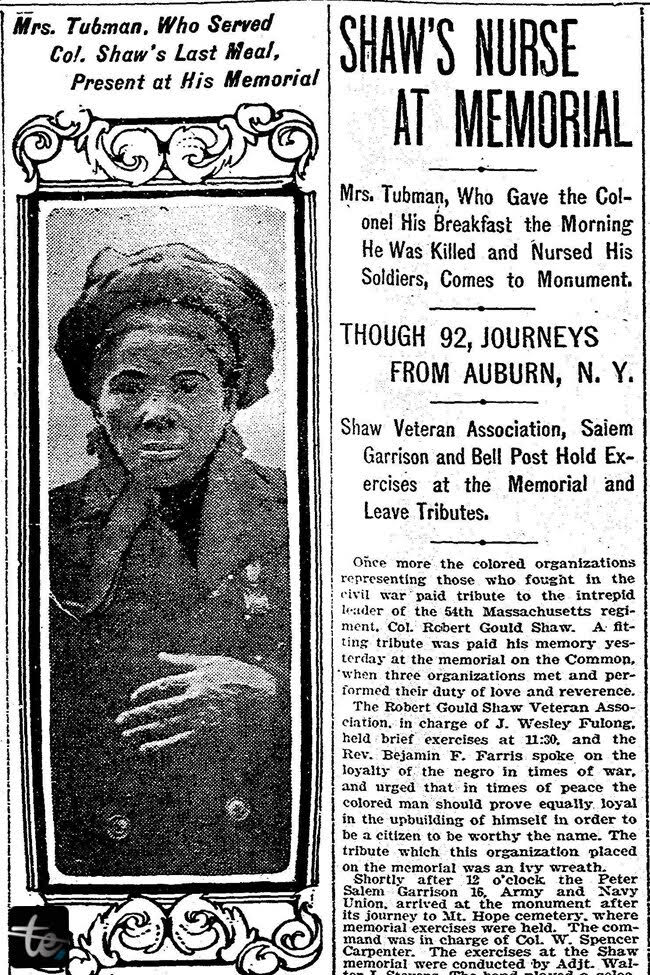
Conclusion
Harriet Tubman, initially highly regarded during her lifetime, transformed into a lasting American icon lately. By the 1980s, she got up to one of the foremost positions in American history, emerging as a source of inspiration for successive generations of African Americans in their search for equality and civil rights. Esteemed leaders from diverse political perspectives appreciated her significant contributions to the abolitionist movement.
